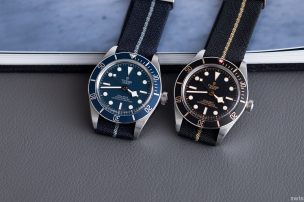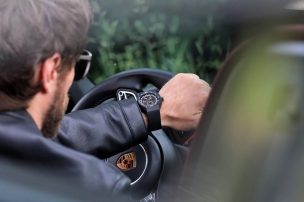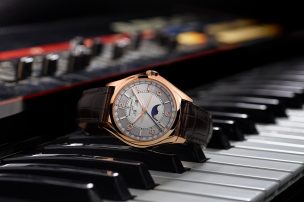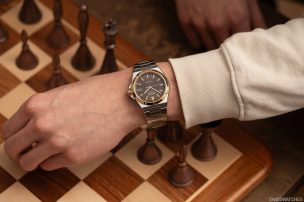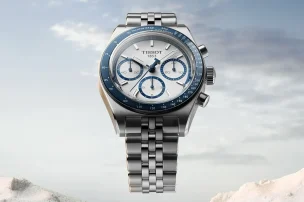
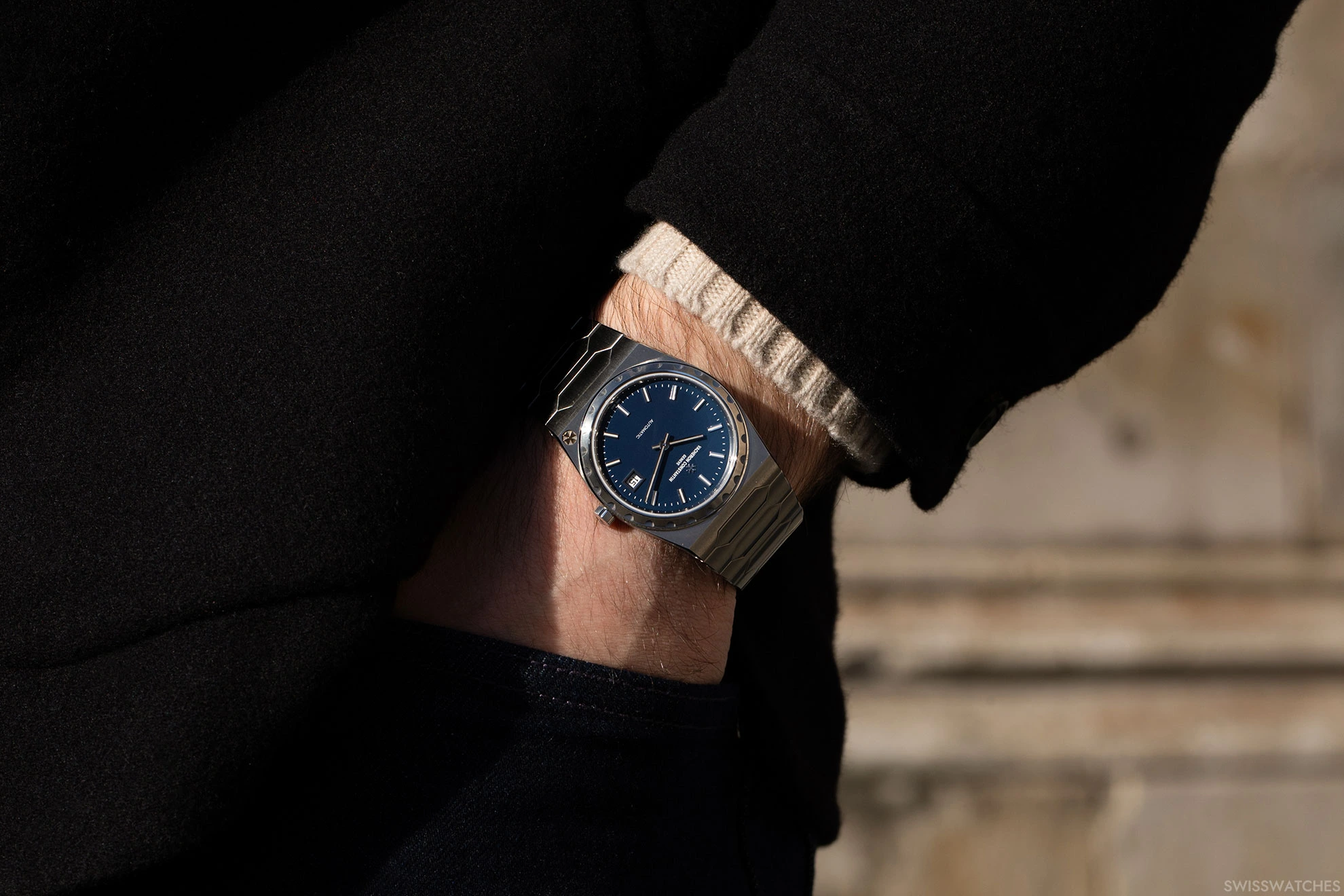
From Gold to Steel: The 222 from Vacheron Constantin Appears in a New Guise to Mark the Company’s Anniversary
The watchmaking company Vacheron Constantin is celebrating its 270th anniversary this year – and is kicking off the anniversary with something of a sensation. The highly coveted reference 222 from 1977, which enjoyed a revival in yellow gold almost three years ago, is now being released as a steel version.
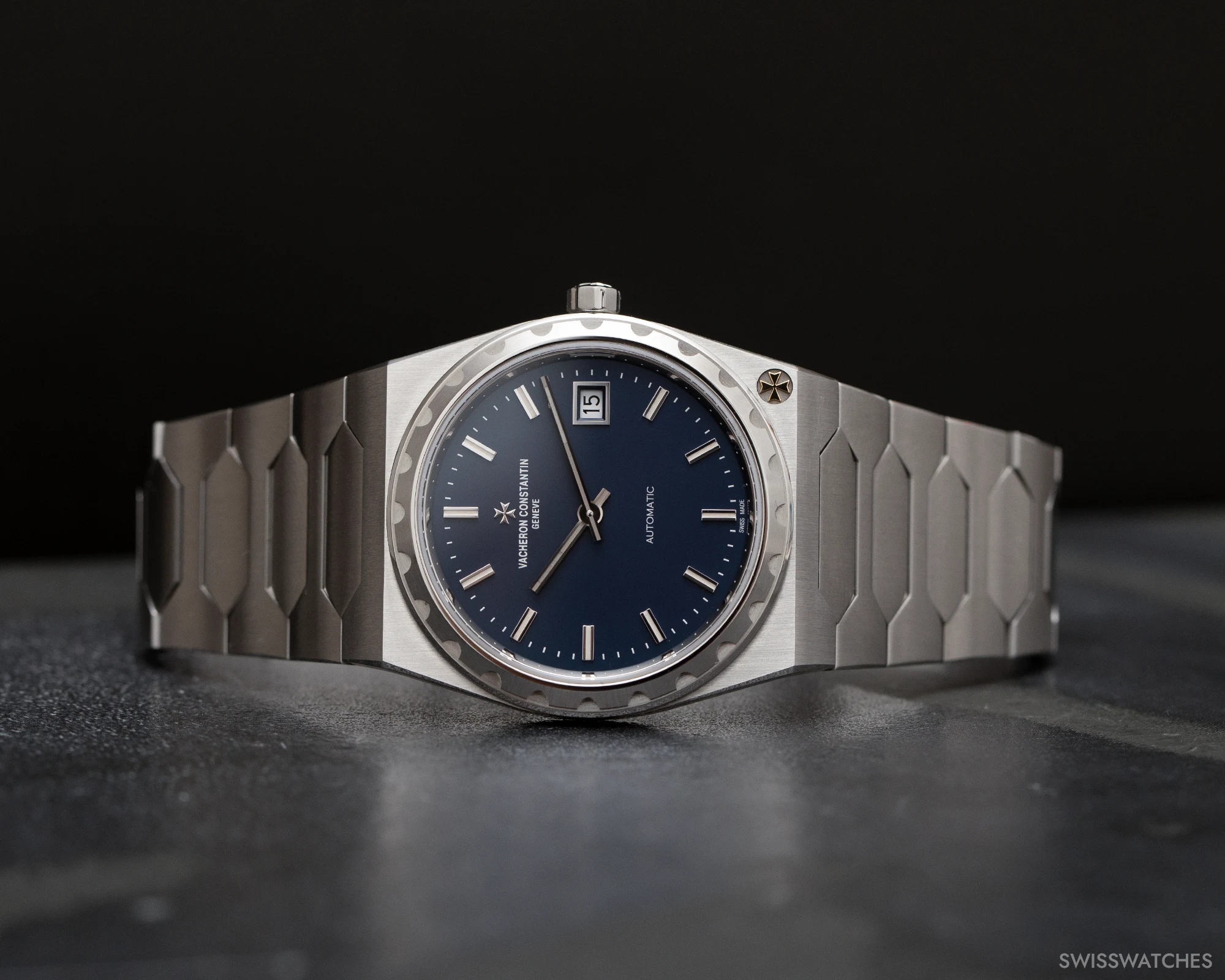
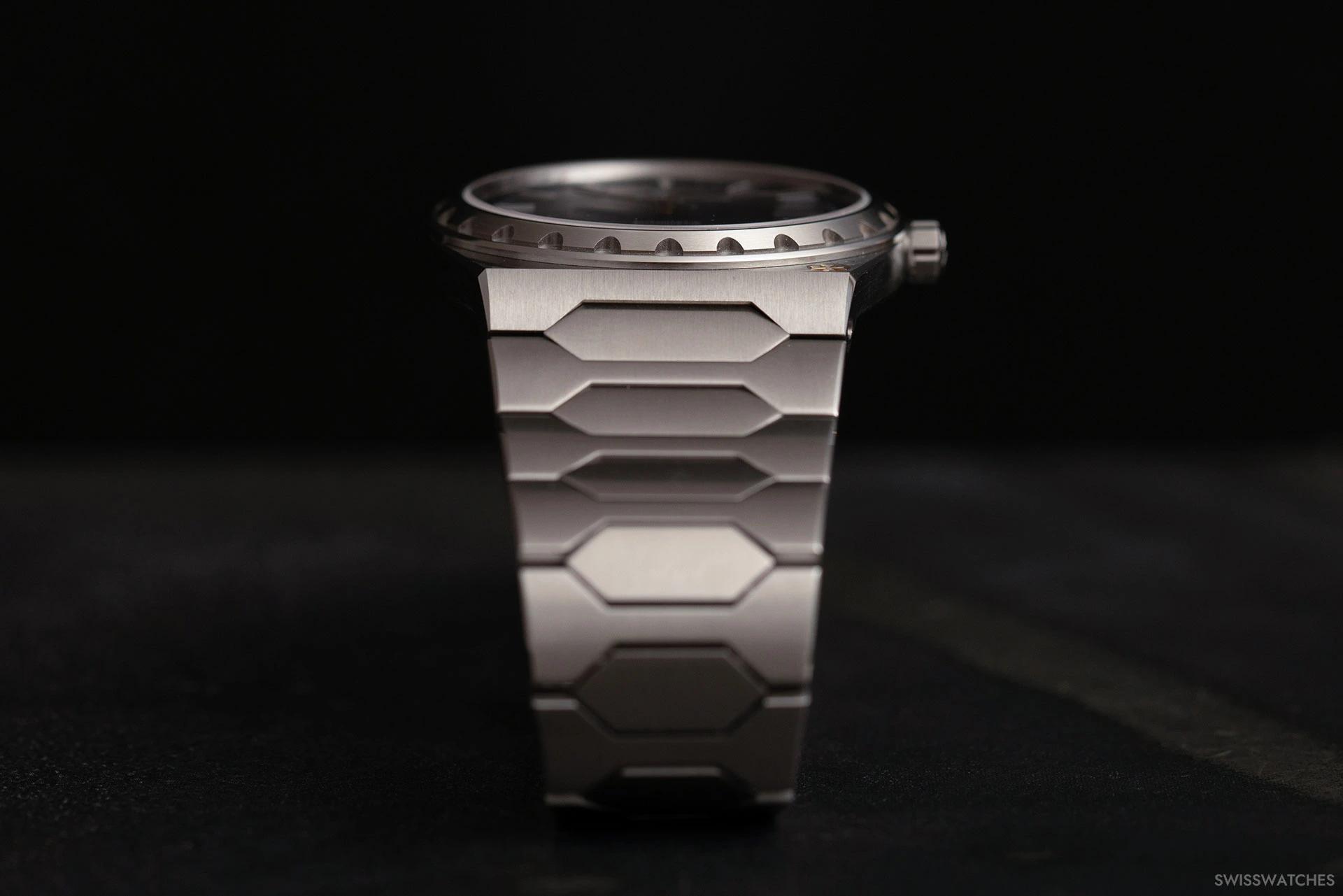
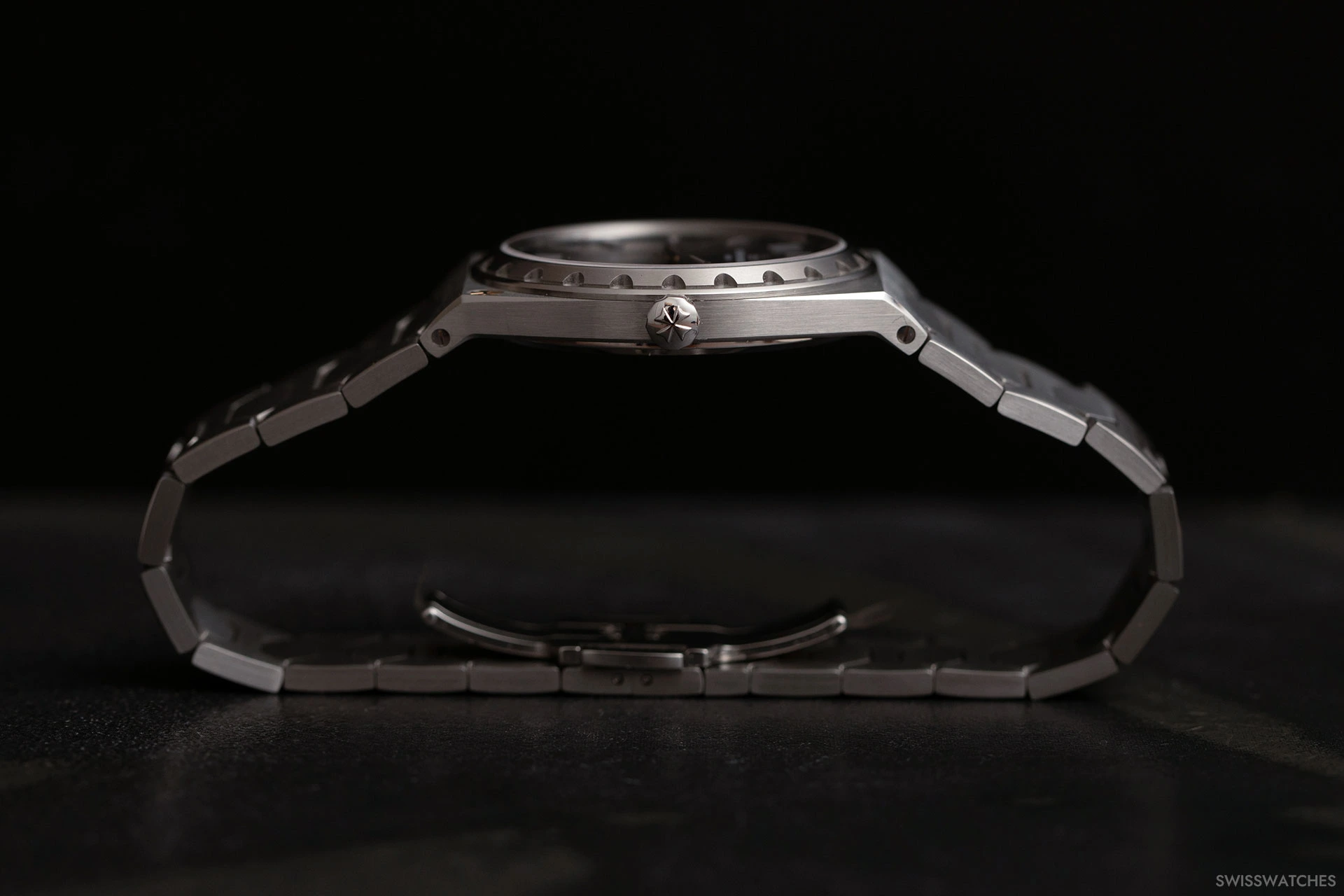
Forerunner of the Overseas
When talking about the first luxury sports watches with integrated bracelets, one inevitably mentions the Nautilus from Patek Philippe and the Royal Oak from Audemars Piguet, both of which were created in the 1970s by design genius Gérald Genta. But the much lesser-known reference 222 from Vacheron Constantin, which was launched in 1977 to mark the 222nd anniversary of the watchmaking company, also had a decisive influence on this period.
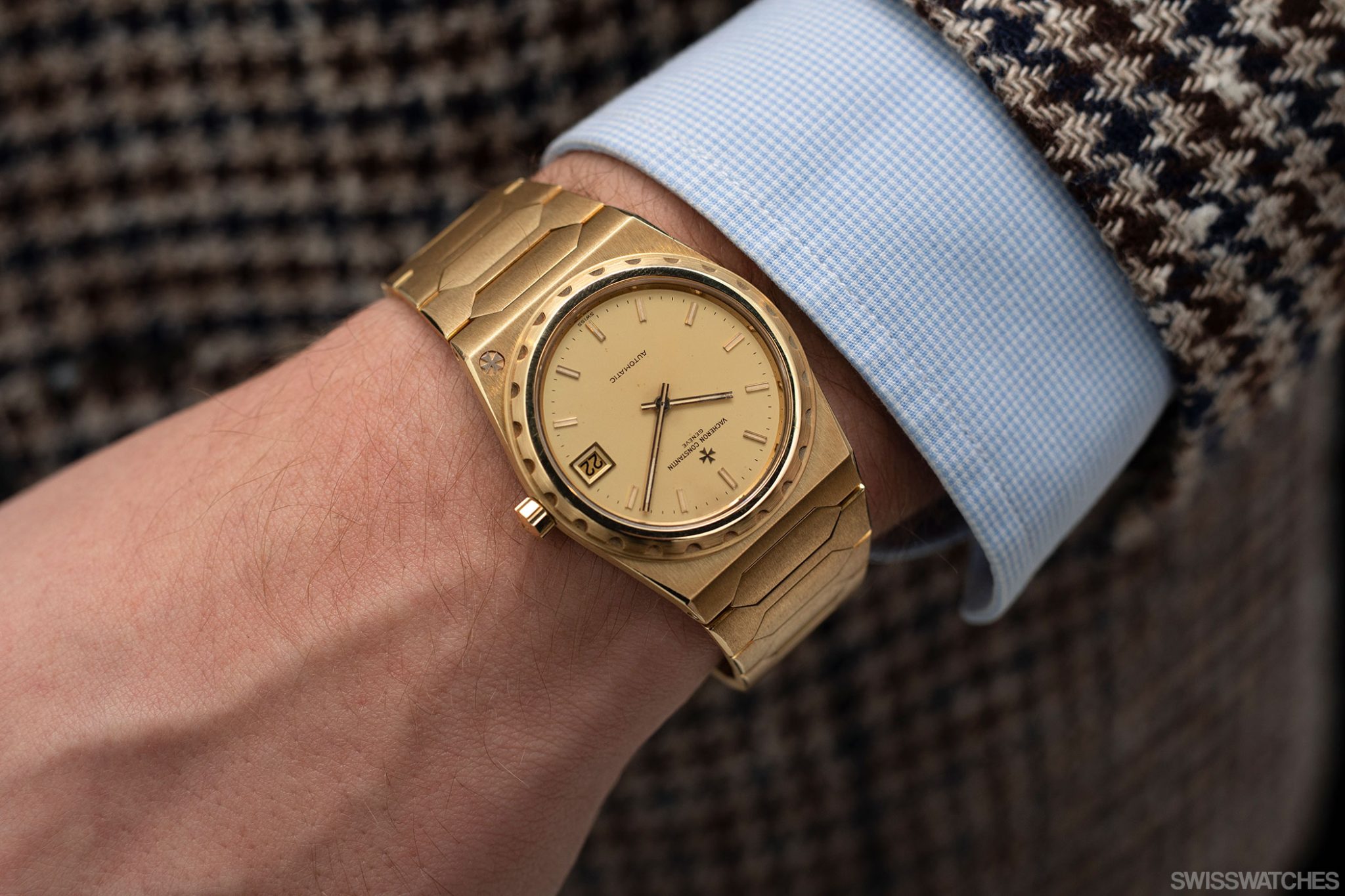
But there is one small difference. While the identity of Patek and AP is still very much characterised by these models today, which is more of a burden than a blessing for both brands, many of you have probably never heard of the historic reference 222. This is certainly also due to the fact that it was only produced for a few years and in limited numbers. Nevertheless – or even because of this – the 222 is extremely coveted amongst collectors and is considered the forerunner of the Overseas, which first appeared in 1996 and is now one of Vacheron Constantin’s most sought-after watch models.
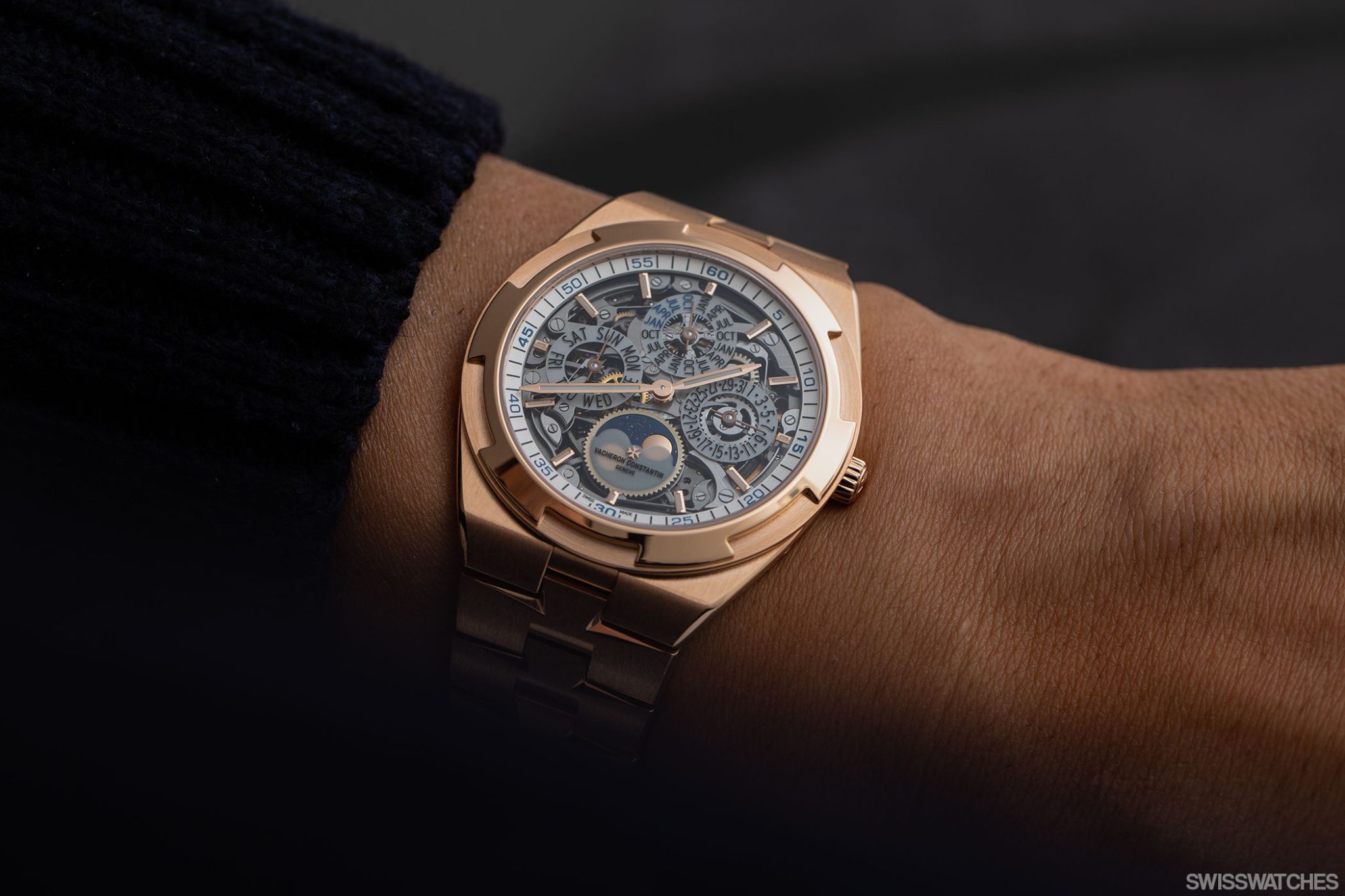
An important anniversary every ten years
2025 marks the 270th anniversary of the brand, which has been consistently producing watches since 1755. And it promises to be an exciting watchmaking year with many highlights. After all, Vacheron Constantin now celebrates every decade with a major anniversary. In 2005, to mark the 250th anniversary of the company, the Tour de I’Île was launched with the calibre 2750 and 16 complications, making it the most complicated wristwatch produced in series at the time. The Saint Gervais anniversary model was also pretty impressive, with its four barrels that were able to provide a power reserve of 250 hours in a joint effort.
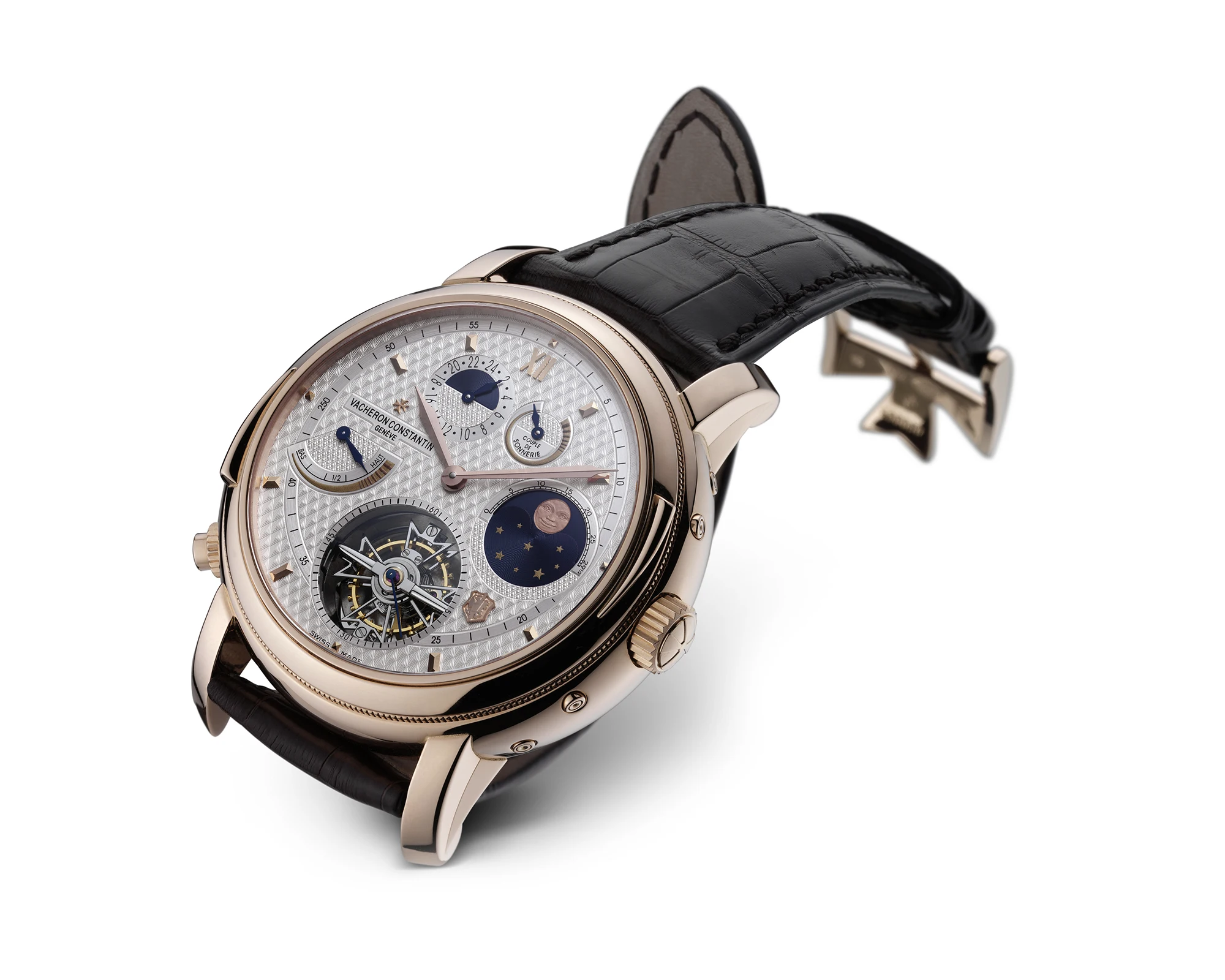
In 2015, to mark its 260th anniversary, Vacheron Constantin set another record with the Harmony Ultra-Thin Grande Complication Chronograph. At 5.20 mm, the new automatic calibre 3500 was the thinnest chronograph movement with rattrapante function. However, the real highlight of 2015 was the Les Cabinotiers Reference 57260 pocket watch with 57 complications, including a Hebrew perpetual calendar for the first time. It took eight years to develop and manufacture. Last year, Vacheron broke its own record with Les Cabinotiers The Berkley Grand Complication and 67 complications, which took eleven years to produce. Presumably, the watchmaker has already been working on the innovations for this year’s 270th anniversary – we will have to wait and see what highlights await us this year.
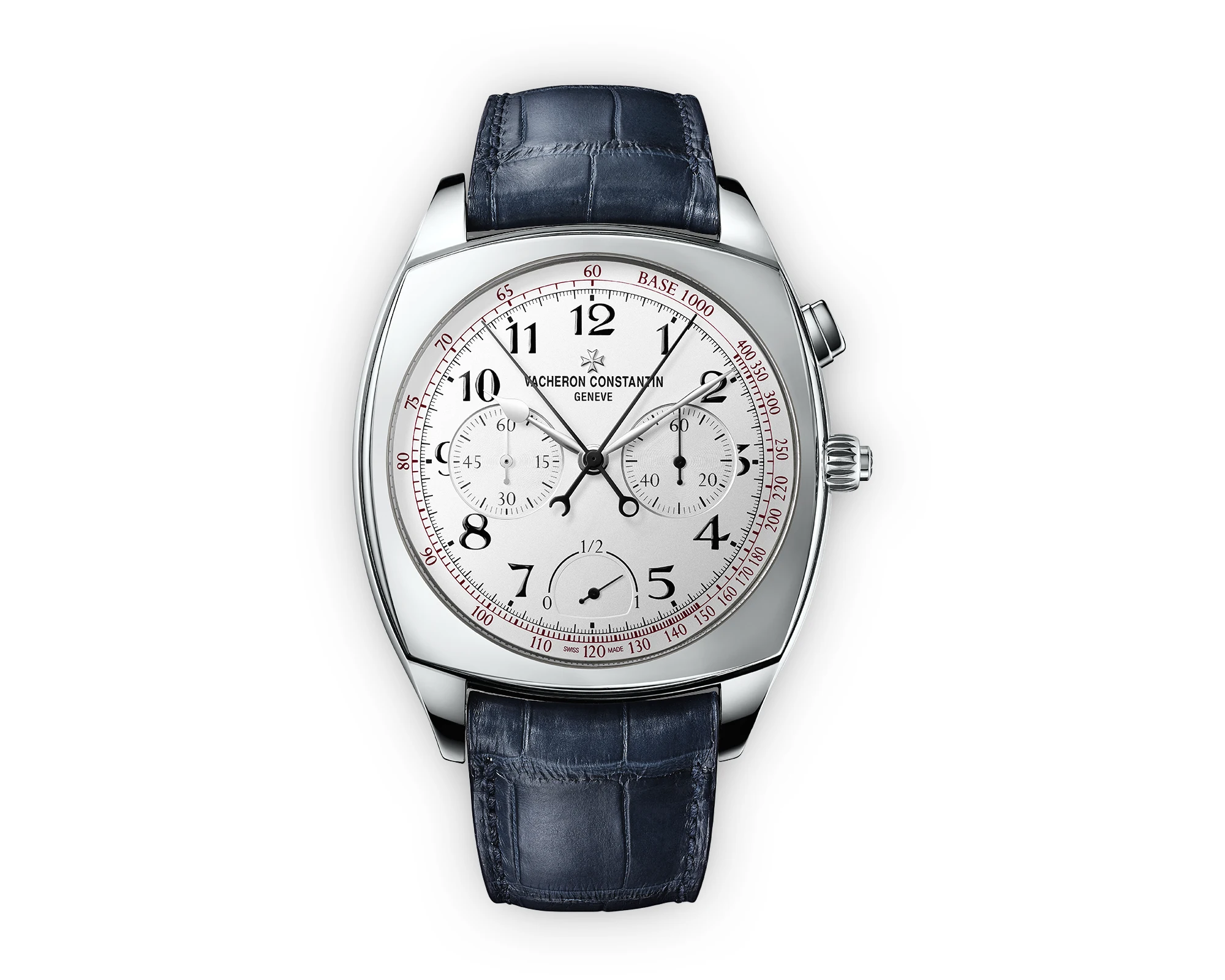
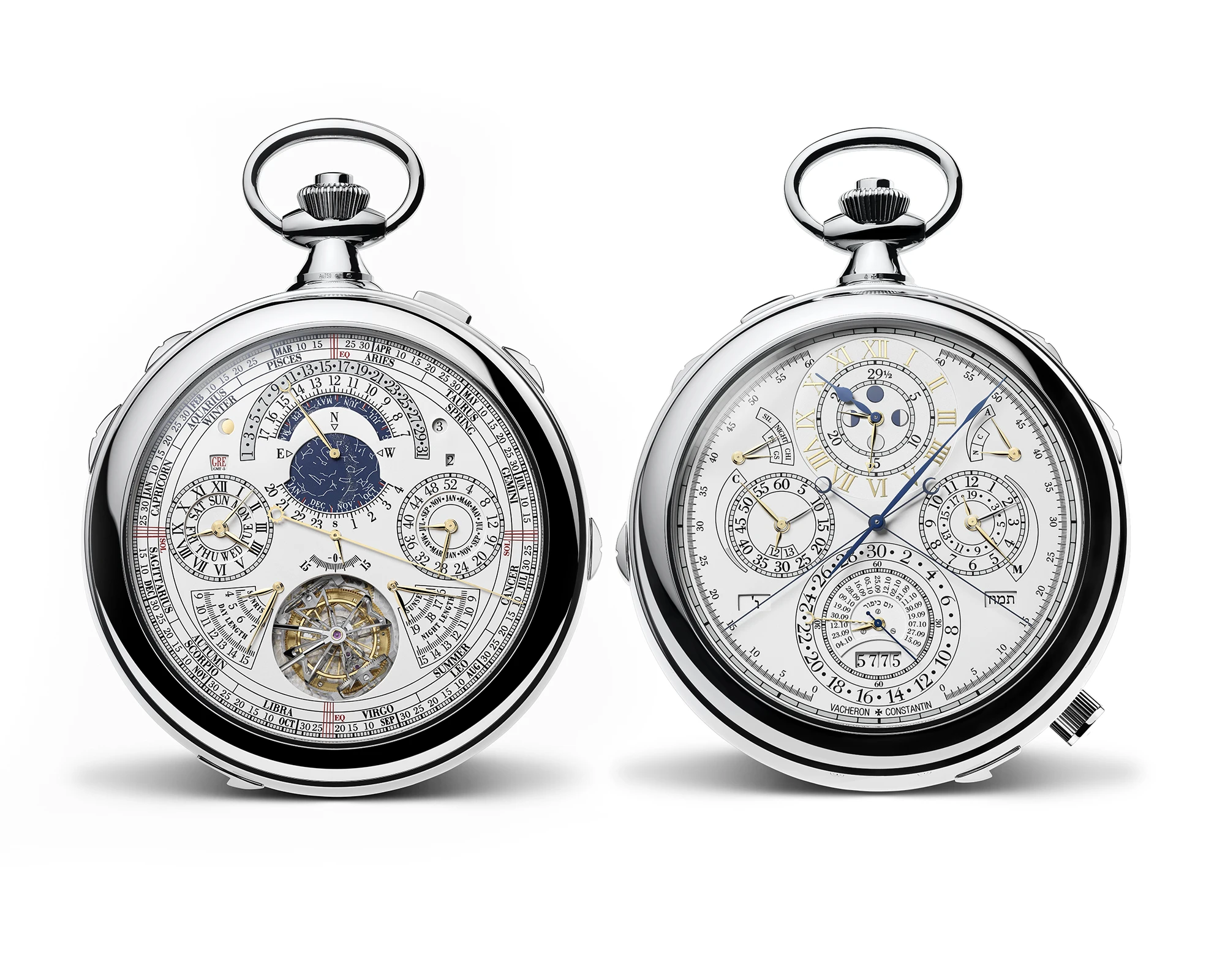
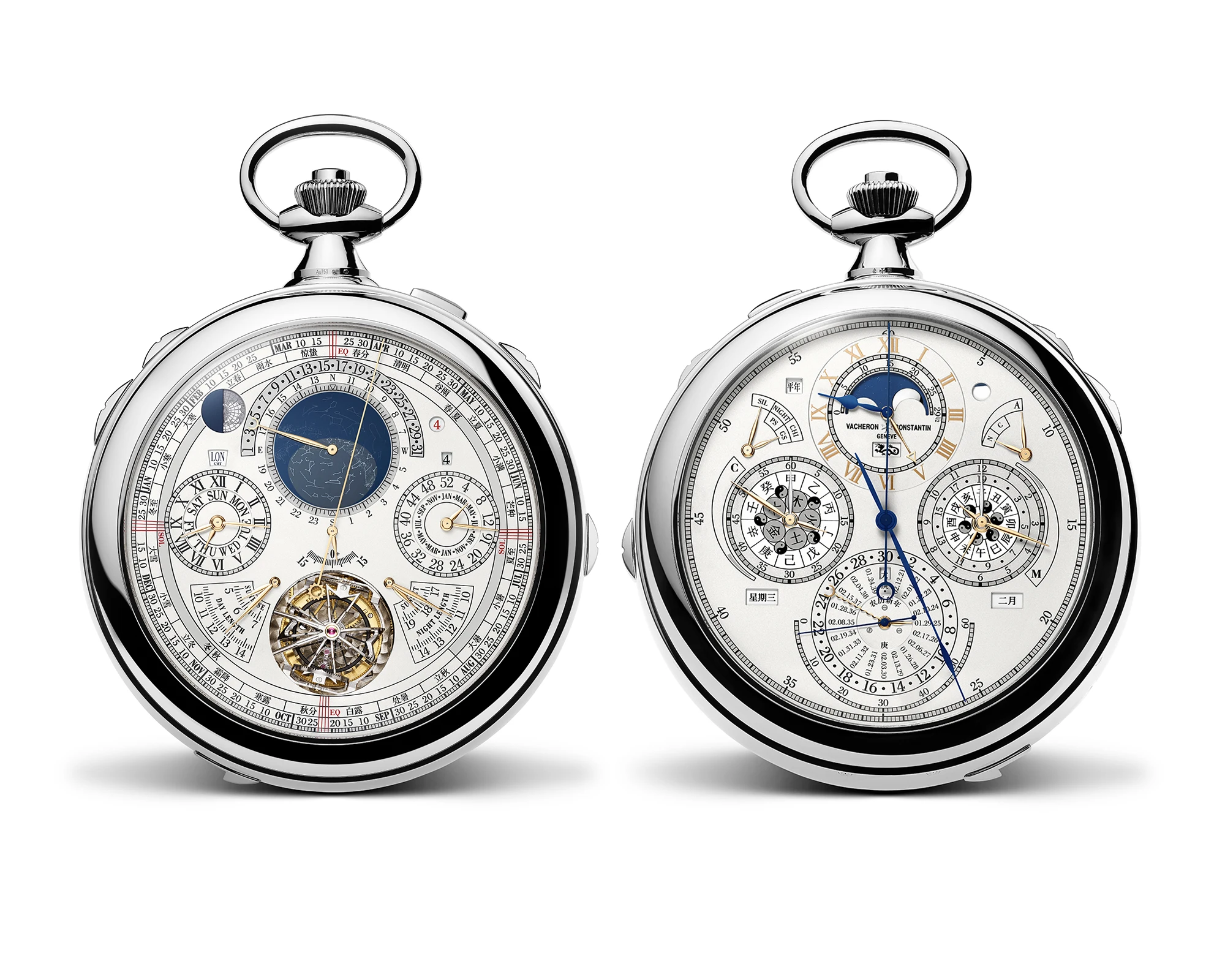
A German designer was behind the design of the historic 222
But for now, let’s enjoy the continuation of the 222, now available in steel, just as it was when it was launched in 1977. In addition to a gold and bicolour version, there was also a steel model and, over the eight years in which it was produced, also in various sizes in 37 mm, 34 mm and 24 mm. The reference 222 was designed by Jörg Hysek, who did not achieve the level of fame of Gérald Genta in the watch industry (although Hysek later founded his own watch brand), but nevertheless made a name for himself in the industry and worked for various watch houses such as Rolex, Cartier, Ebel, Omega and Vacheron Constantin, where he was hired to design the reference 222.
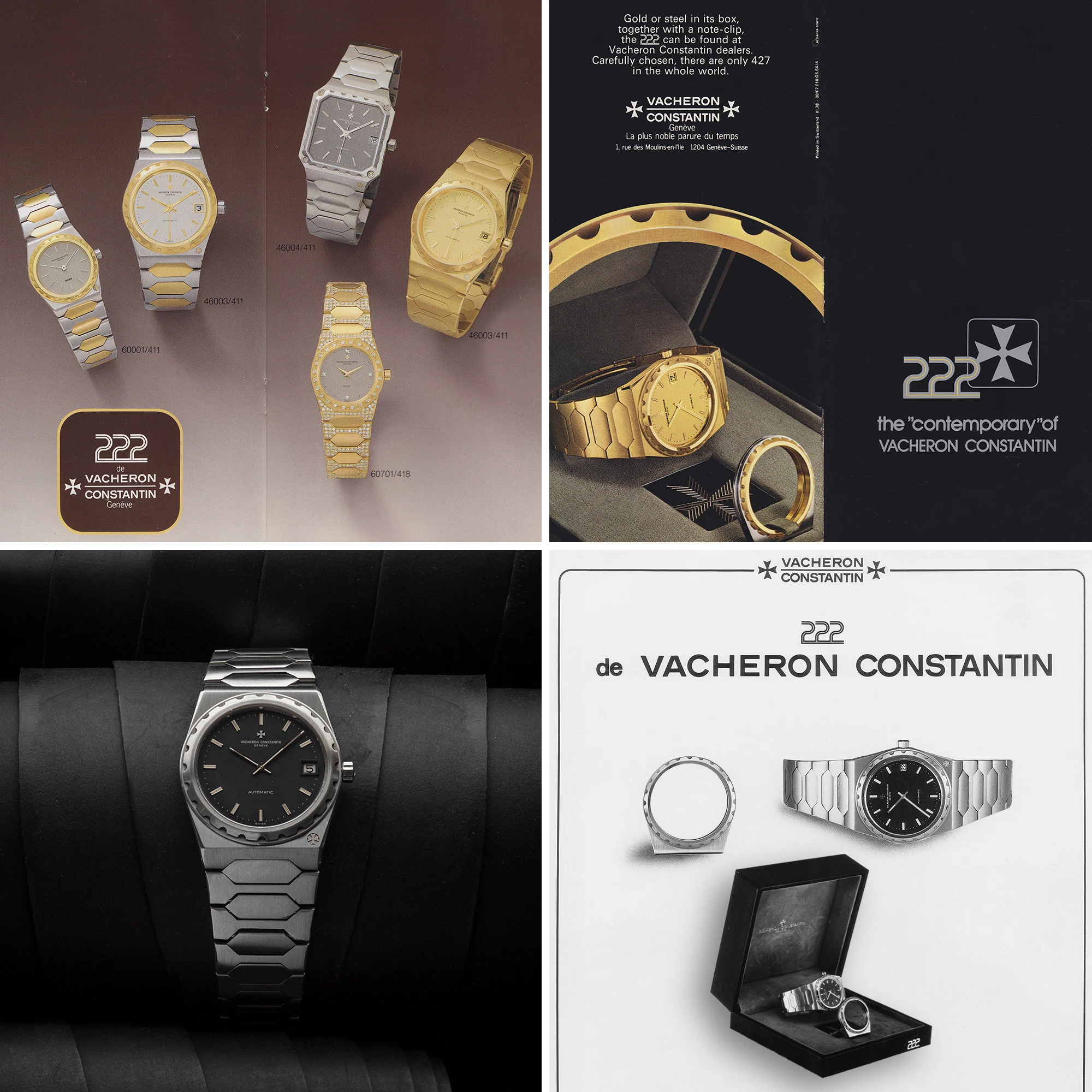
The case was made in one piece, meaning that the caseback was already a single unit with the case, which, in turn, meant that the movement could only be inserted from above. When it comes to the movement: I like to compare watches with cars, because with both watches and cars, the first thing you look at is always the exterior: the design. But what really matters – at least for many collectors and watch enthusiasts – is what’s under the bonnet. In this case, inside the watch. The original 222 from 1977 was fitted with a legendary Jaeger-LeCoultre calibre (calibre 920), which was refined by Vacheron Constantin and ran under the calibre name 1120. The calibre 920 was produced by Jaeger-LeCoultre from 1967 and, at 3.05 mm (including date function), was the thinnest fully rotor automatic calibre in the world at the time. Surprisingly, Vacheron Constantin, Audemars Piguet and Patek Philippe all used the calibre 920, but never JLC itself. If you would like to learn more about the calibre 920, I highly recommend the article by Walt Odets of Timezone from 2002.
The new Historiques 222 in stainless steel
Almost 50 years later, to mark Vacheron Constantin’s 270th anniversary, a new edition of the 222 is being released in steel for the first time. The watchmaker now develops and manufactures the calibres entirely in-house, which means that the new Historiques 222 is powered by Calibre 2455/2, which was already presented in 2022 for the new edition of the 222 in yellow gold, certified with the Geneva Seal and 3.6 mm thick. Compared to the original model, the new Historiques 222 is 0.95 mm taller (7.95 mm instead of 7.00 mm), but is still extremely flat on the wrist. The bridges are decorated with Côtes de Genève, while the mainplate is bevelled. The power reserve is 40 hours.
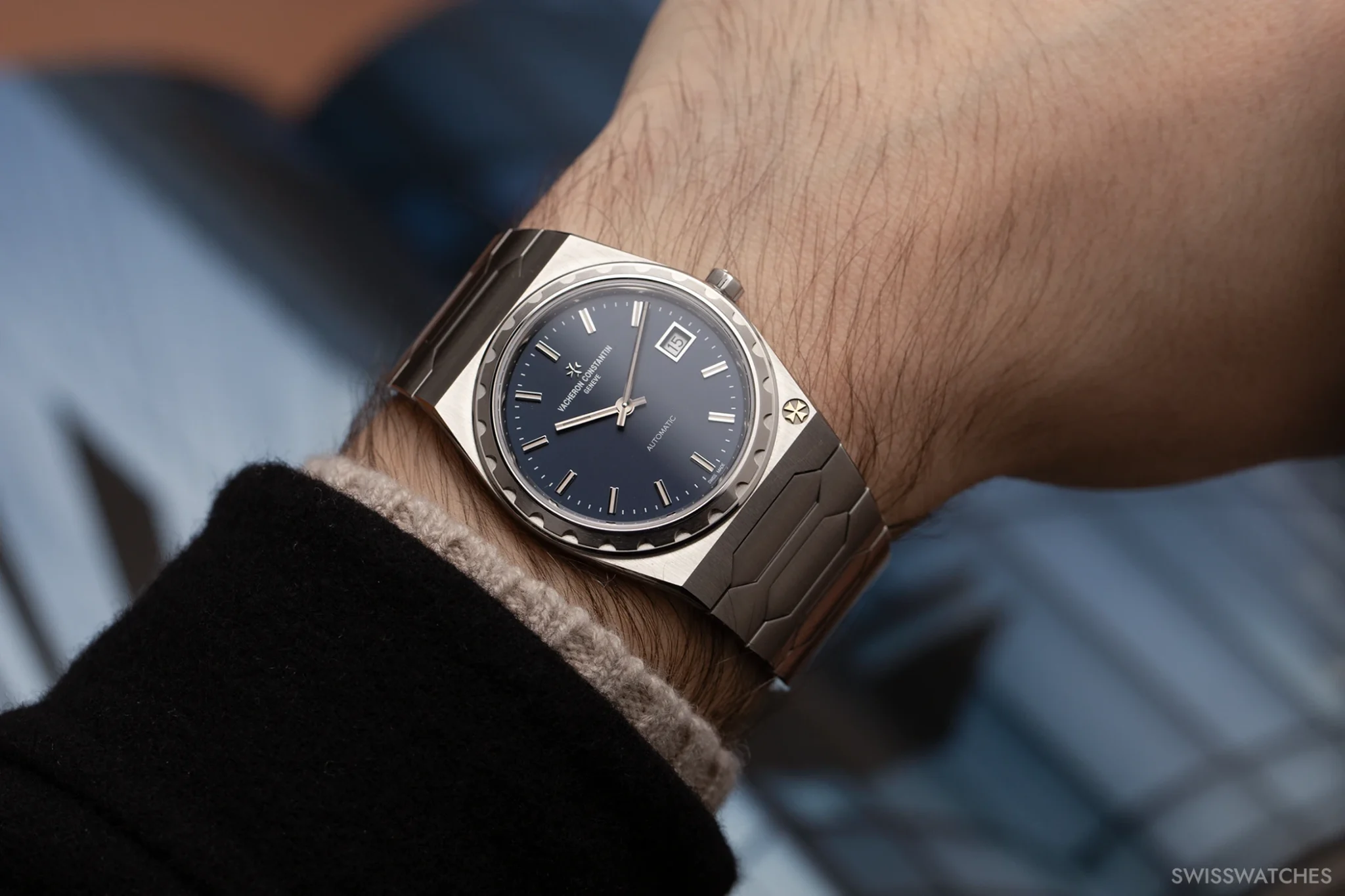
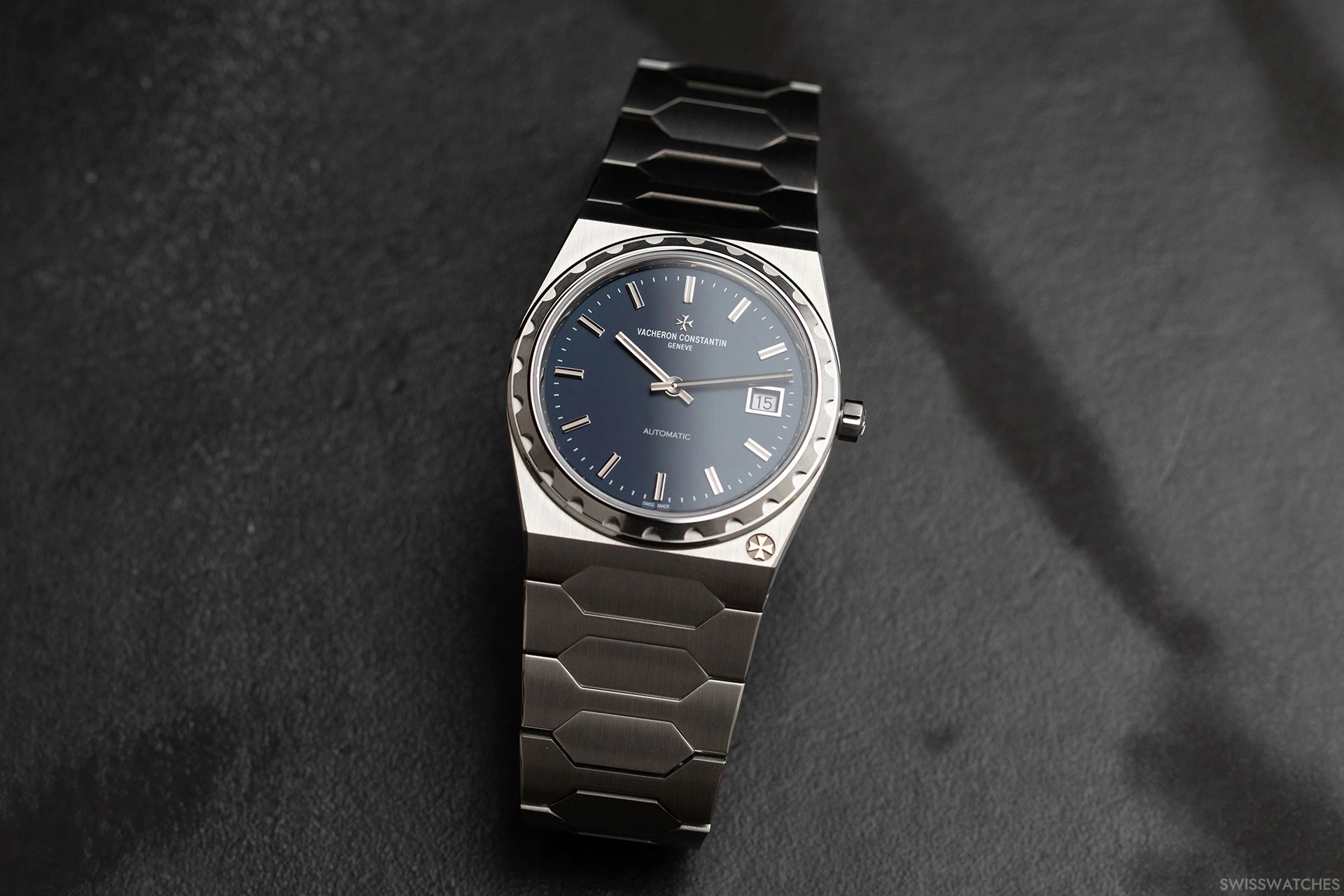
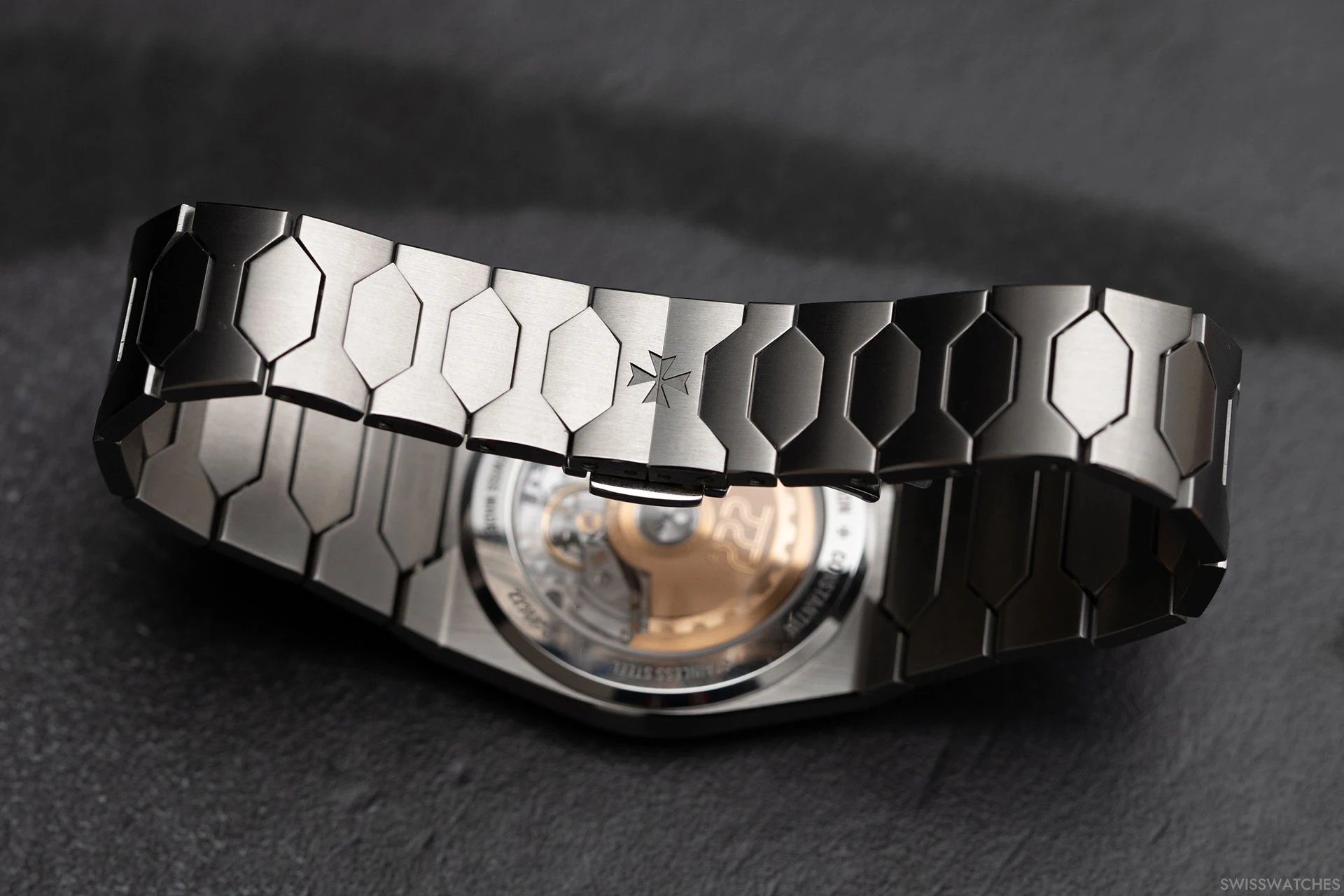
In addition to its own manufacture calibre, Vacheron Constantin has made further subtle changes to the original in the new 222 versions, although the models are barely distinguishable at first glance. For me personally, one very successful optimisation: the date window has been moved slightly towards the centre of the dial so that it no longer protrudes over the minute track. This immediately gives the watch a somewhat tidier appearance.
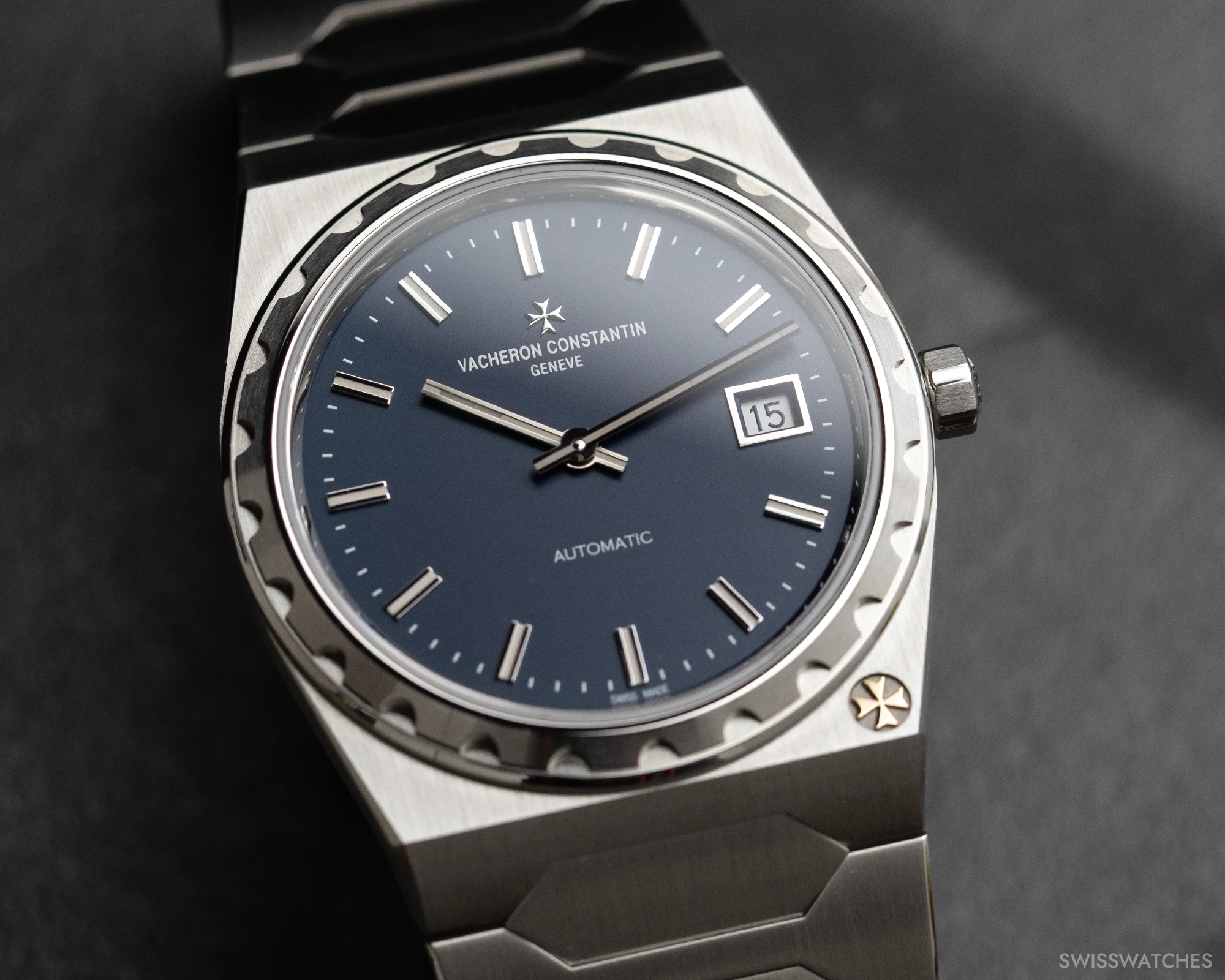
In addition, the bracelet of the new variants now has a triple clasp instead of a double clasp and the visible pins of the bracelet are concealed. On the back of the case, the wearer can now admire the beautifully finished movement via the open sapphire crystal case back with anniversary engraving. The Maltese cross applied to the blue dial (a Vacheron Constantin trademark) as well as the hands and indices are made of white gold. The Super-LumiNova coating on the hands and indices glow lime green in the dark and are reminiscent of the tritium used in historical watches.
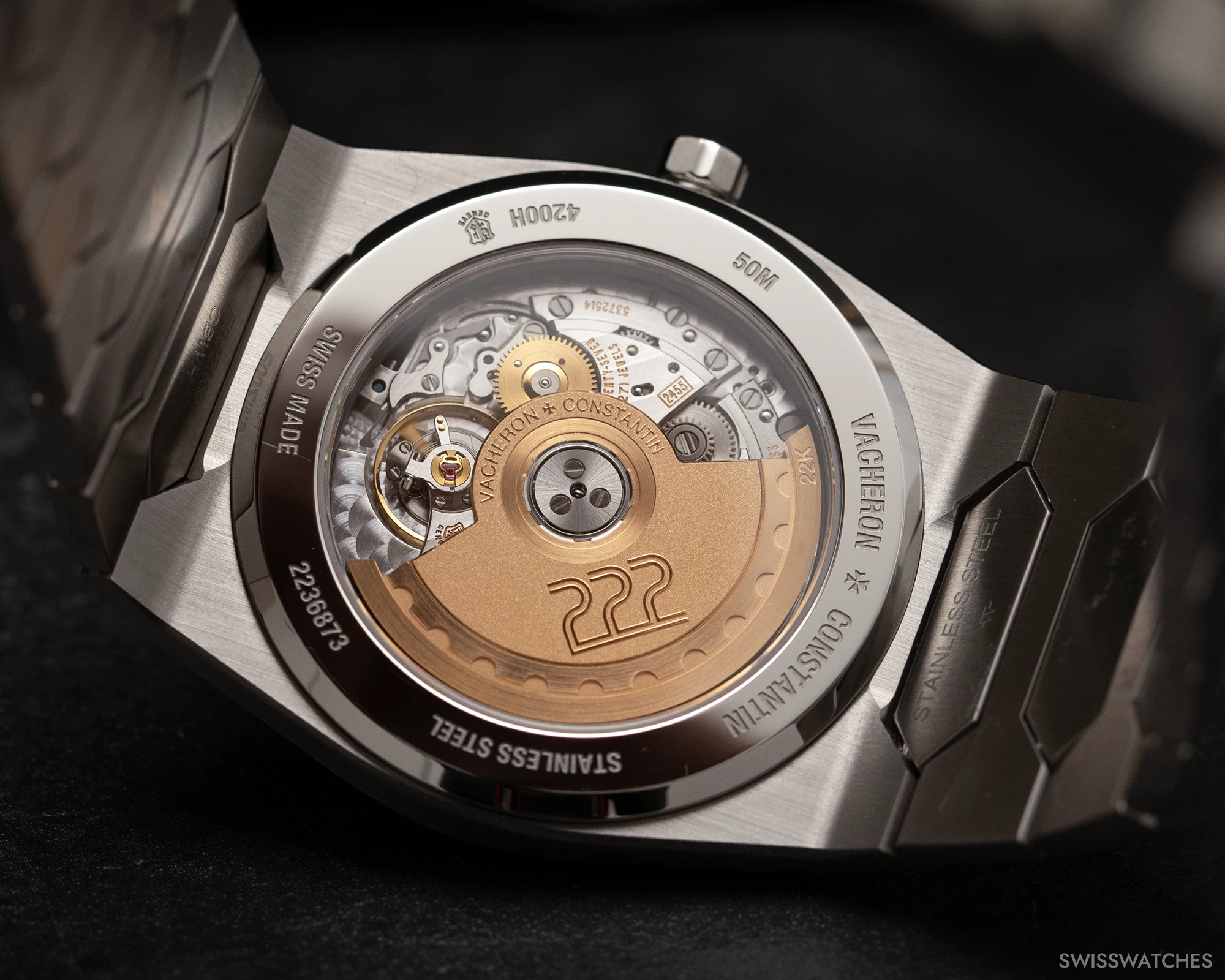
A comparison with the competition:
Where we see the new 222 on the market
Of course, with such a polarising model, it is fair to compare it with the competition. The combination of integrated bracelet, steel case and bracelet and blue dial will put it in direct competition with Patek’s Nautilus and AP’s Royal Oak, which seems to bring us back full circle to the early days of luxury sports watches from the 1970s.

The new Vacheron Constantin Historiques 222 in steel costs 34,700 euros. The Nautilus 5711 was already discontinued in 2021 and had a list price of around 29,000 euros at the time. Taking into account the inflation of the last three years or so, the 5711 would probably cost between 35,000 and 40,000 euros today. The simple three-hand Cubitus with date from Patek Philippe costs around 40,000 euros and is therefore certainly a good starting point for an estimate. The Audemars Piguet Royal Oak ‘Jumbo’ 16202ST currently has a list price of 35,600 euros. The cost and quality of the three watch models are therefore at roughly the same level – as is so often the case, it all depends on personal preference and, of course, how quickly you can get your hands on one of the coveted models.

In the course of the launch, Vacheron Constantin has already announced that further anniversary models will be presented this year. The new Historiques 222 is now available exclusively in Vacheron Constantin boutiques worldwide.
